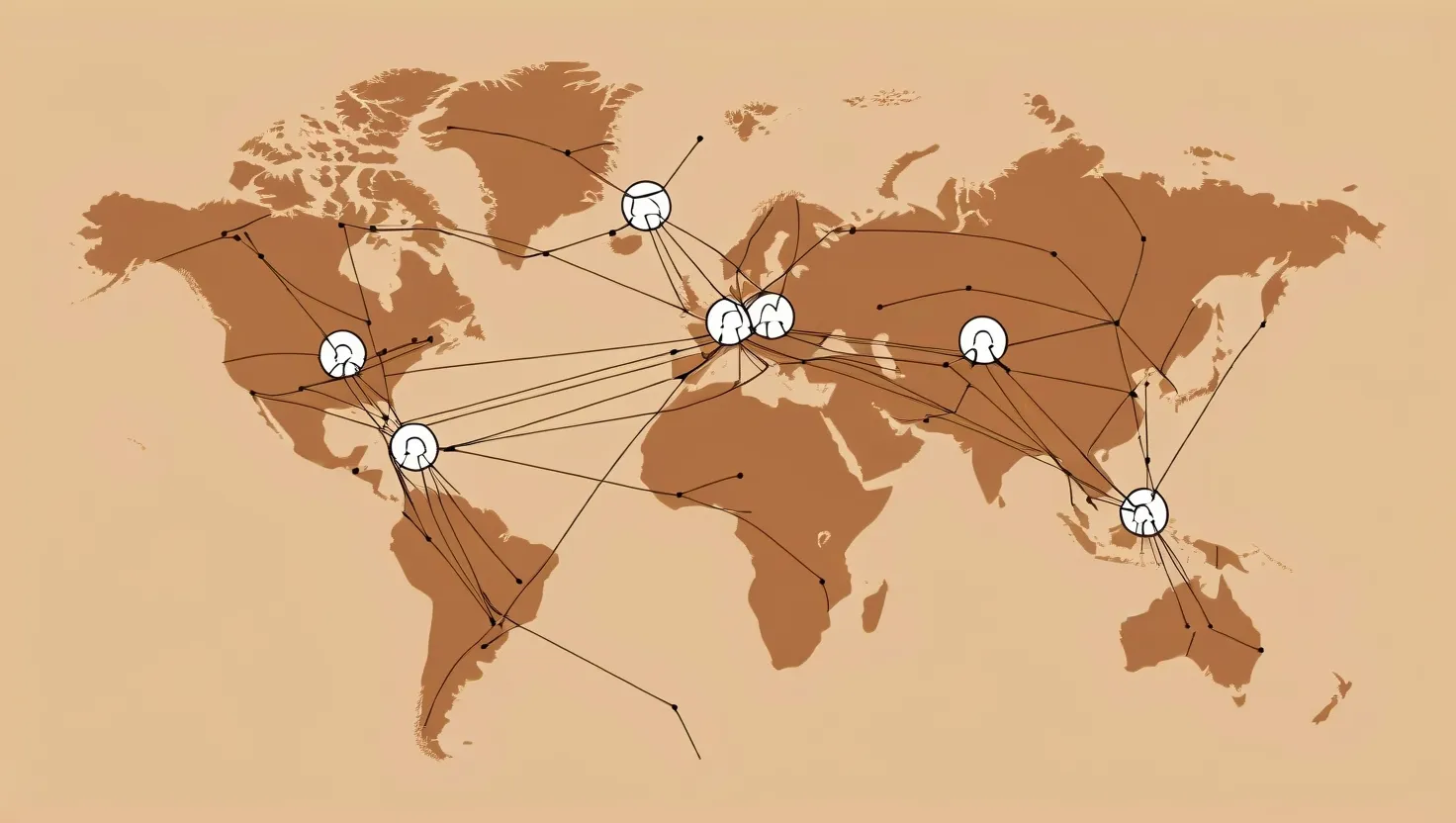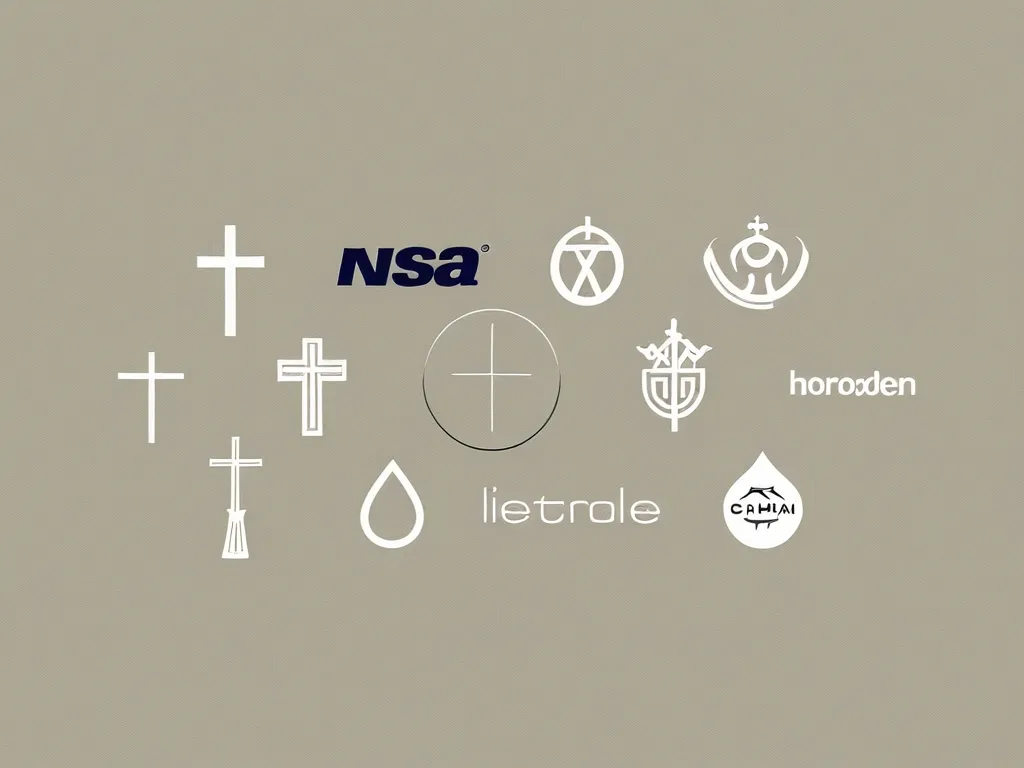In the vast and complex landscape of global finance, there exists an ancient and informal system of money transfer that has been a cornerstone for many communities, particularly in the Middle East, Africa, and South Asia. This system, known as Hawala, operates outside the traditional banking framework, relying heavily on trust, personal relationships, and a network of money brokers called Hawaladars.
To understand how Hawala works, imagine a scenario where you need to send money to a family member living in another country, but the formal banking system is either unavailable or too cumbersome. You approach a local Hawaladar, give them the amount you wish to send along with a small commission fee, and receive a unique code or password. This code is the key to unlocking the transaction on the recipient’s end.
The Hawaladar in your location then contacts a counterpart in the recipient’s location, often through a phone call, text message, or email, and informs them of the amount to be transferred and the unique code. The recipient, armed with this code, approaches the Hawaladar in their area and, after verification, receives the transferred amount minus a small commission.
This system is remarkably efficient and cost-effective. Hawala transactions can be completed quickly, often in a matter of hours, which is a significant advantage over traditional banking methods that can take days or even weeks. The fees associated with Hawala are typically lower than those of formal financial institutions, making it an attractive option for people who need to transfer small amounts of money.
However, the speed and cost-effectiveness of Hawala come with their own set of challenges. The entire system relies on trust and reputation, with no formal documentation or record-keeping involved. This lack of transparency makes it difficult to track transactions and poses significant risks, including the potential for fraud and the loss of funds. If a Hawaladar fails to deliver the funds as promised or uses the money for their own purposes, there is little recourse for the sender.
One of the most critical concerns surrounding Hawala is its potential use in illicit activities. The anonymity and lack of documentation make it an attractive tool for money launderers and terrorist organizations. For instance, groups like Al-Qaeda, ISIS, and the Taliban have been known to use Hawala to move funds without leaving a traceable trail. This ability to conceal the source and destination of funds makes Hawala a challenging system to regulate and monitor.
Despite these risks, Hawala remains a vital lifeline for many people, especially in regions where formal banking services are limited or unreliable. In countries like Afghanistan, where the formal banking system is underdeveloped, Hawala is used for a significant portion of financial transactions. It allows migrant workers to send remittances back to their families, facilitating economic support across borders.
The settlement process between Hawaladars is another fascinating aspect of this system. These brokers do not necessarily exchange physical cash each time a transaction occurs. Instead, they often settle their balances through future transactions, physical cash exchanges, bank transfers, or even the exchange of goods and services. For example, if one Hawaladar owes another a certain amount, they might settle this debt by providing logistical support or real estate space.
The use of Hawala also highlights the enduring power of traditional practices in a globalized world. Despite the advancements in digital banking and financial technology, Hawala continues to thrive because it addresses specific needs that formal systems cannot. It operates in the shadows of the formal economy, yet it is deeply intertwined with the daily lives of millions of people.
In recent years, governments and international bodies have increased their efforts to regulate Hawala networks, particularly to combat money laundering and terrorist financing. However, these efforts are fraught with challenges. Regulating Hawala without stifling its legitimate use is a delicate balance. Stricter regulations could push the system further underground, making it even harder to monitor and control.
The story of Hawala is also one of resilience and adaptability. It has evolved over centuries, adapting to new technologies and changing economic landscapes. Today, Hawaladars use modern communication tools like the internet and mobile phones to facilitate transactions, yet the core principles of trust and personal relationships remain unchanged.
In conclusion, Hawala networks represent a complex and multifaceted aspect of global finance. While they offer a quick, cost-effective, and discreet way to transfer money, they also pose significant challenges in terms of regulation and oversight. As the world continues to grapple with the issues of money laundering and terrorist financing, understanding and addressing the role of Hawala is crucial. This ancient system is a testament to the ingenuity and resourcefulness of people in finding ways to move money across borders, even in the absence of formal financial infrastructure. It is a reminder that, in the world of finance, traditional practices can coexist with modern technologies, each serving different but equally important purposes.






